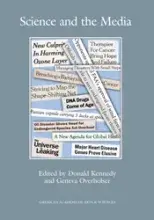While the digital revolution has changed the nature of news distribution, it has not diminished the need for ambitious, accurate, and reliable journalism in American society. This project looked at the evolving role of the media in today’s world, in general, and analyzed how reporters cover science and economic issues, in particular.

